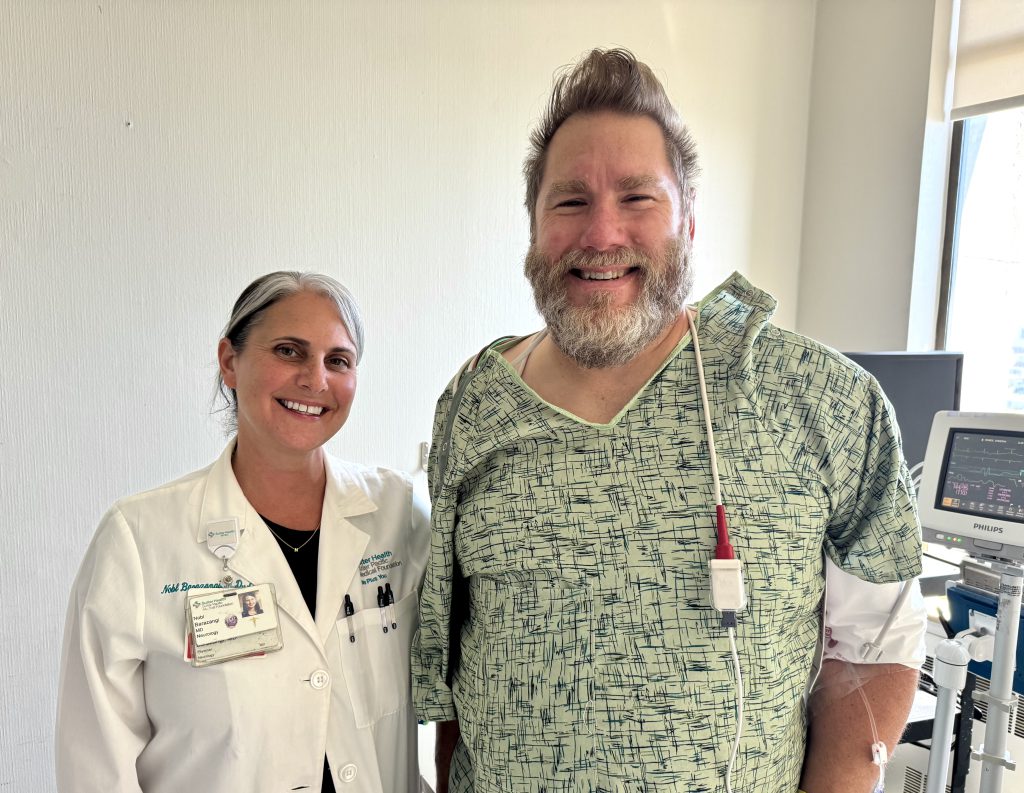The Centers for Disease Control and Prevention report that this year’s influenza vaccines appear as a “good match” to the flu strains making their way around the U.S. It’s encouraging news as Northern California—along with the rest of the country—faces a unique fall/winter sickness season.
RSV and COVID-19 remain in active circulation alongside the colds and flu traditionally seen around this time of year. This respiratory illness mashup complicates circumstances, making the situation harder for the public to navigate. But no need to panic. Medical experts say preparedness and precautions can still be your best allies.

Dr. Jeffrey Silvers
“It’s especially important to get available vaccines, such as the flu shot and COVID-19 bivalent vaccine/booster,” said Dr. Jeffrey Silvers, medical director of pharmacy and infection control at Sutter Health. “Simple things like frequent hand washing, considering whether to mask indoors and staying home while sick with mild symptoms can help prevent spreading germs and slow this surge in respiratory viruses.”
Minor symptoms for colds, flu, RSV and COVID-19 can look very similar. At their base, these illnesses are upper respiratory tract infections that can cause coughs, sore throats, muscle aches, chills, runny or stuffy noses, watery eyes and sneezing. The CDC offers a few recommendations when caring for yourself or others at home, including taking over-the-counter medicines for fever and congestion, staying hydrated and getting ample rest.

Dr. Vincent Tamariz
Dr. Vincent Tamariz, pediatric emergency department medical director at California Pacific Medical Center in San Francisco, says that when it comes to the kiddos, parents and caregivers know that runny noses are commonplace; even low-grade fevers may not be cause for significant alarm. If parents can get these symptoms under control, and if the child is continuing to eat and drink, then they are likely to be OK.
But if you notice your child is breathing heavy and hard, Dr. Tamariz says it’s a good idea to come into the emergency department. Children in this condition may need additional medical support, which can include treatment therapies such as giving oxygen and or fluid.
Here is a partial list of emergency warning signs for more severe respiratory disease; if you or a loved one is experiencing any of these, call 911.
- Trouble breathing
- Persistent pain or pressure in the chest
- New confusion
- Inability to wake or stay awake
- Pale, gray, or blue-colored skin, lips, or nail beds, depending on skin tone
Note: This content is not intended to be a substitute for professional medical advice, diagnosis or treatment. Always seek the advice of your physician or other qualified health provider with any questions you may have regarding a medical condition. Never disregard professional medical advice or delay in seeking it because of something you have read on this website.





